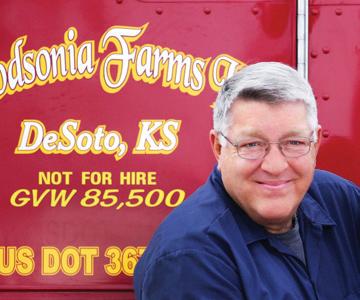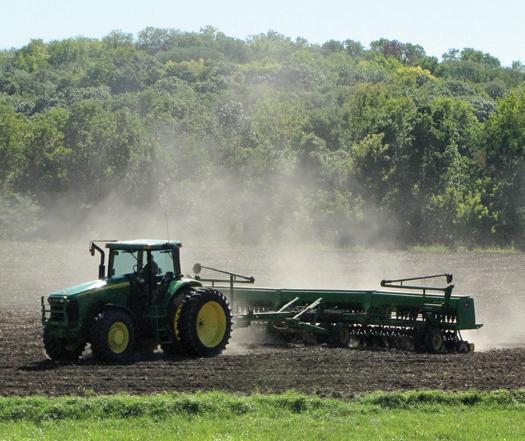
3 minute read
The Rural side of De Soto farming the land in De Soto, Kansas
For over 20 years we have enjoyed the excitement of planting and harvest seasons, as Mike and Kyle have farmed our De Soto land.
–Burgweger Farm
Hay Bales along 83rd Street basking in the remaining sun at dusk. These are one of the many farm fields that are sold to home developers. Hay Balers cut and roll green grasses into these enormous round bales. They are stored in fields and barns until they are used to feed animals.

There is both the green color of land, and then the golden color of land... the rich and rustic harvest of wheat, soybeans and hay.
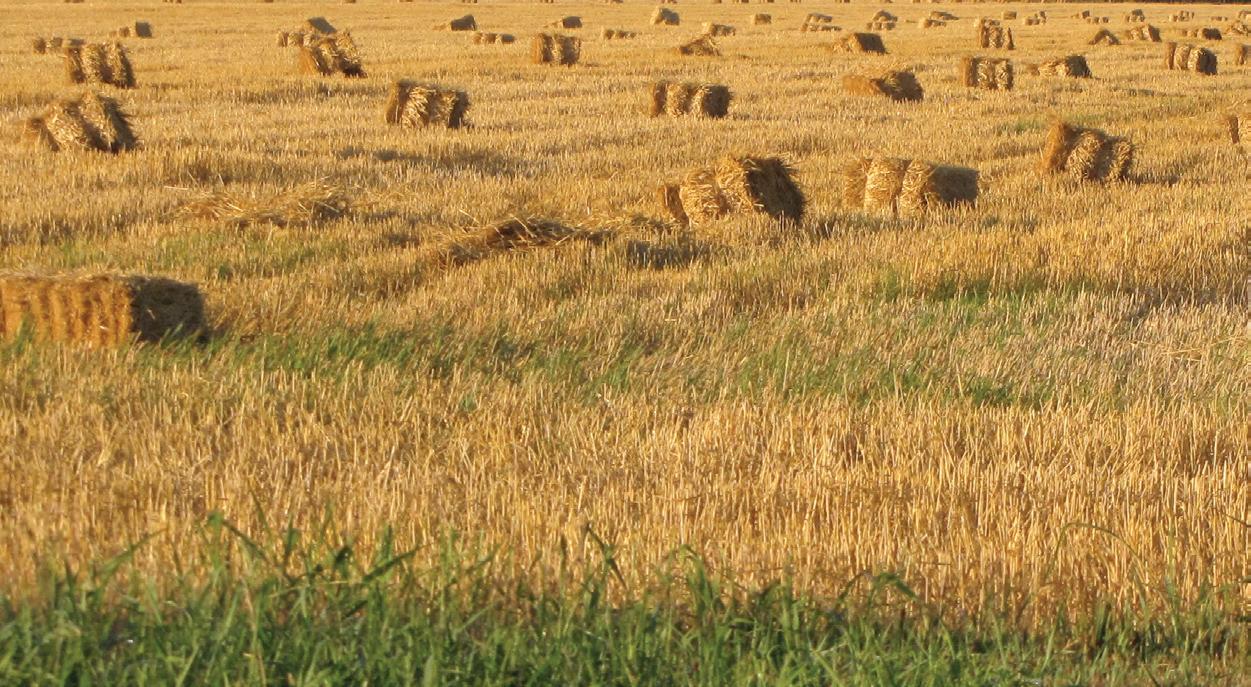
Field of soybeans, glistening in the early fall sunlight. They are drying and getting ready for the harvest.
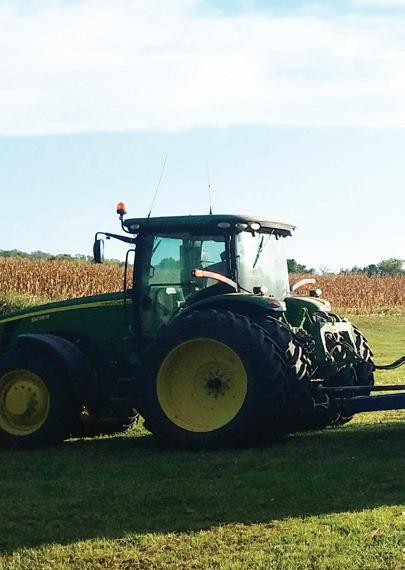
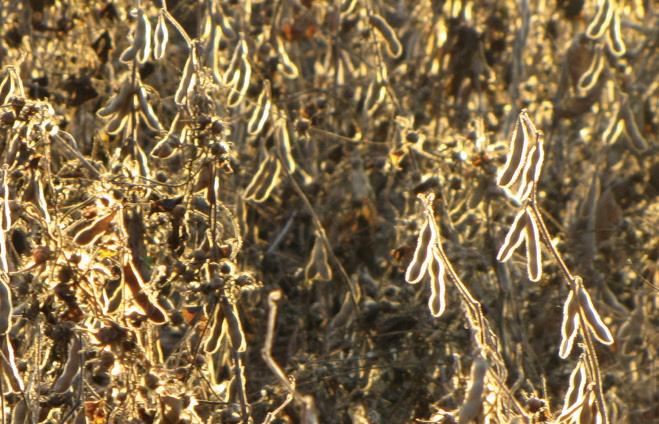
Meeting with the setting sun, after a hard day of work in the field, there is a beauty to savor and enjoy. Blessed and bounty to be enjoyed. Land to care for and tend to, tilling, planting and waiting... and then the harvest, the rich rewards that awaits after a long, hot, wet, parched season in Kansas.
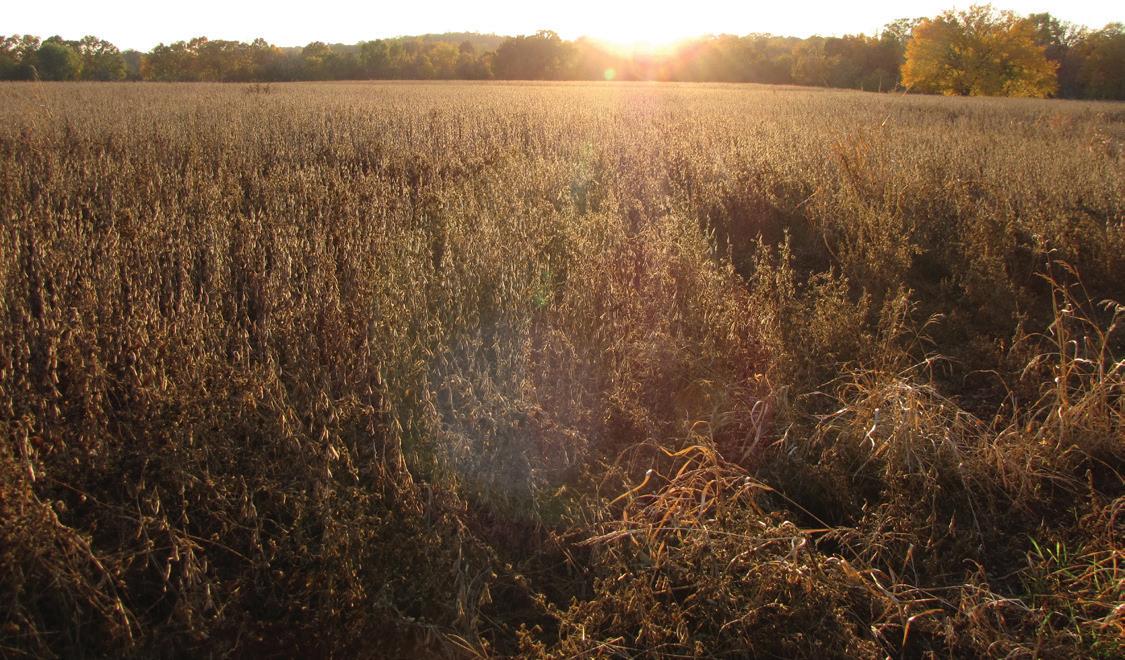
Shown above: Combine is unloading soybeans into the grain cart. “Gleening the seed” has removed the pods and stems, keeping the soybean seed.
The auger moves grain from fields to the combine, into the grain cart and then to a semi truck.
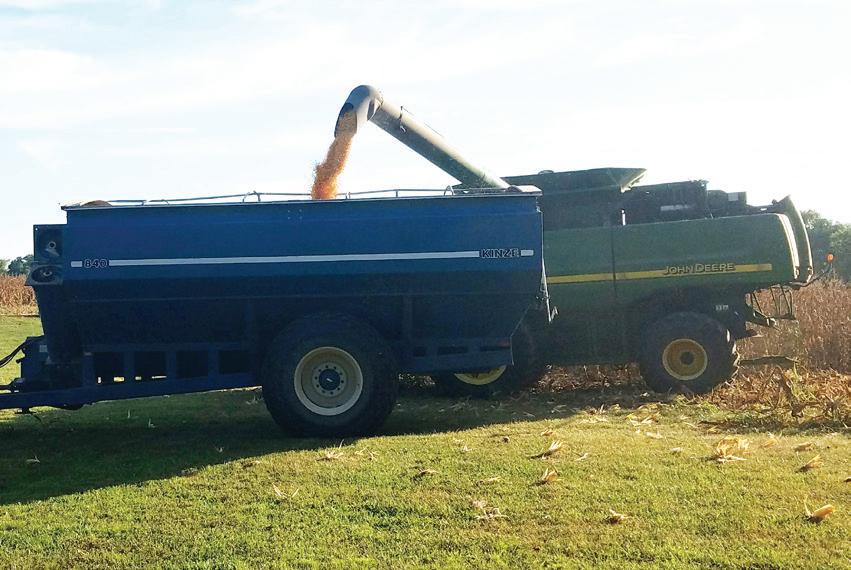
The havested soybeans are brought to the intermodel in Gardener. There they will be exported out of the country.
Shown at left: Spring planting season begins on a bright, brisk day. A powerful 250-hp tractor is seeding beans with a wide drill.
Shown above right: Combine harvesting field corn. Most field corn goes to grain elevators in Kansas City where it is becomes cattle and animal feed. Some is shipped to Garnett, Kansas, where ethanol is made. The corn we enjoy eating is sweet corn, not field corn.
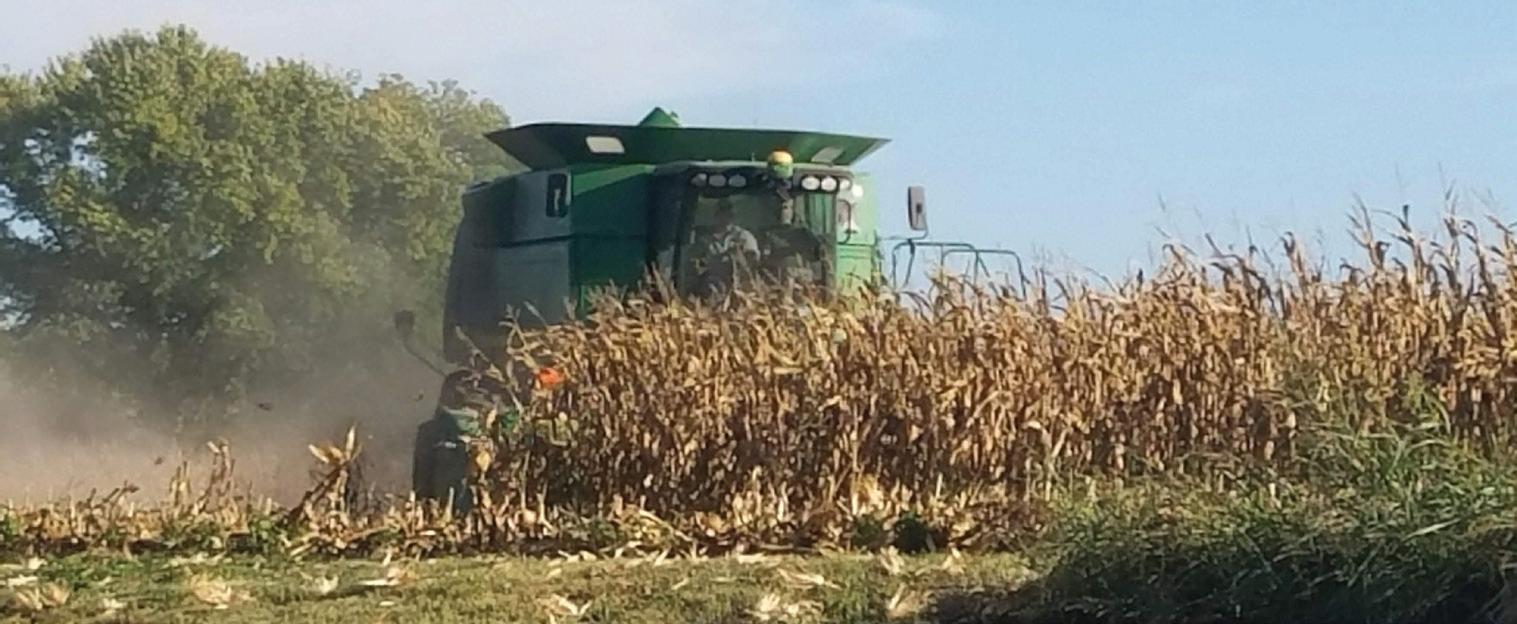
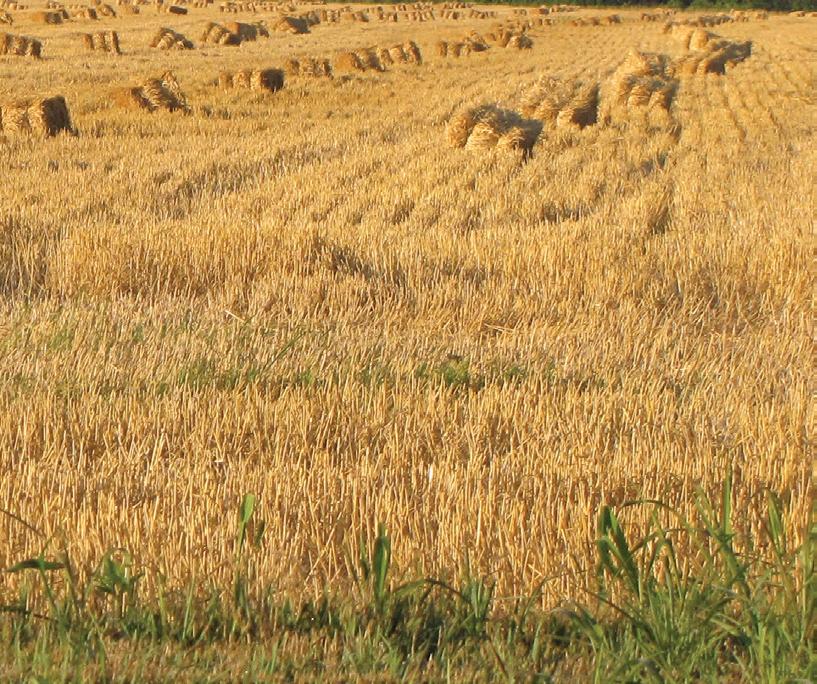
‘‘Kyle Lawson, farmer He began his own farming operation in 2019. Prior to that, he had been working with another farmer, who was very supportive in helping him get started. “Mike [Manson] came with the opportunity, which doesn’t come along very often,” Kyle shared.
“I was blessed to have him come along.”
Kyle’s farming roots started at an early age, with growing up on a Central Kansas farm. He came to the Wellsville area after high school. A full time farmer, Kyle also has 100 heads of cattle scattered from Wellsville to Olathe. It’s a cow/calf operation where the calves are bought in March, weaned and started on feed. They grow for eleven months until the “yearlings” are sold the following February.
He farms a little over a 1,000 acres in De Soto and back towards Gardner.
“We start planting corn mid-April to mid-May, and soybeans mid-May to mid-June,” Kyle informed. He rotates corn and soybeans, using the crops to work nutrients back into the soil. Harvesting is done September through October. He finds farming facinating, and it is his biggest joy!
Mike Manson, farmer Before Mike was out of high school in ‘69, he was farming with his dad. After high school, he went straight into farming, and worked at Jacob Manufacturing in Olathe, where he met his wife, Linda. He worked during the winter months doing welding and various other jobs. As Mike said “with farming, you always need money.”
“I farmed all over the area, mainly between De Soto and Bonner Springs.” Mike recalls. “My dad was a hired man for Charlie Roberts, who farmed the property owned by his brother, Roy Roberts, managing editor of the Kansas City Star. When Charlie retired the Woodsonia Farm changed hands several times. We rented and leased the farm, moving there in ‘62.
1,000 acres were farmed in Woodsonia until 1998, when home developments and Woodsonia School were built.”
In 1999, Mike and his family came to De Soto, and bought a homested with 40 acres. His farming operation during those years was between 1,800 and 2000 acres, with areas ranging from 5 acres to 400-500 acres. He never owned these acreages, but would rent the farmland from over 30 landlords. “Every year would be different,” explained Mike, “people would find me when they retired, or I would farm a place till it was sold.” He kept everything well-recorded in his record book. Wheat, soybeans and corn were planted through the years, along with Milo. He always hired extra help for planting and combining.
“Its been a good life–the kids all graduated from college, and we have five grandkids,” Mike proudly shared, “I enjoyed farming.” He recollected that 2012 was a bad drought, the worst year, but we had crop insurance.
“I turned 70 and it was time to quite,” said Mike, as he looked at retirement. “Kyle came along (through mutual friends), and wanted to farm on his own.”
It turned out to be a great transition for both of these men, passing on the local small acreages of De Soto farms to an equally passionate farmer.
